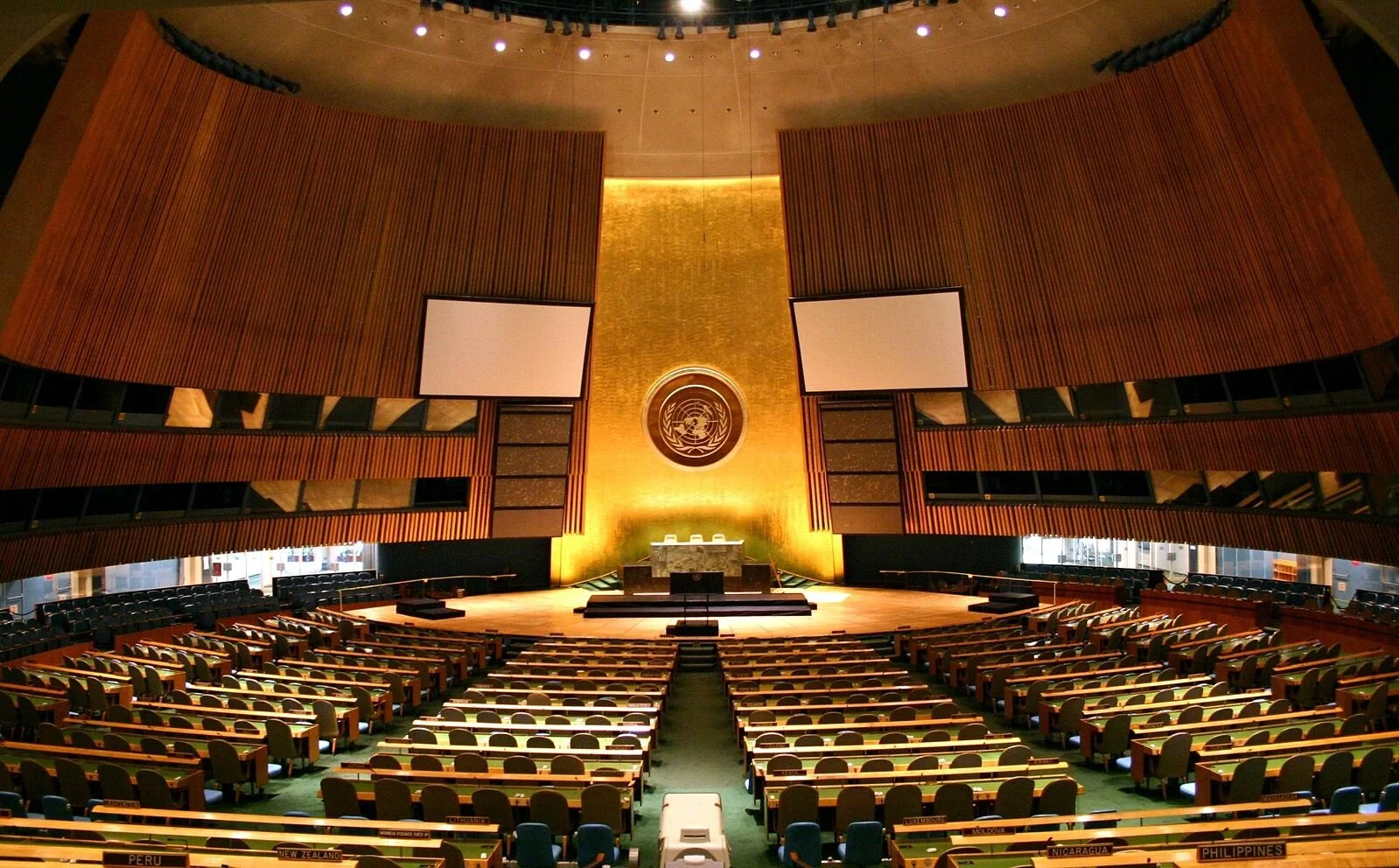United States and Israel Voting Trends on UN Resolutions concerning Palestine
The United Nations General Assembly produces an abundance of resolutions that in most cases hold no hard power. They vote on issues and topics, only for these resolutions to have no legal backing. They are merely recommendations. Though they are not enforceable under international law, they do express the opinions the international community takes on certain issues. It can be very telling to look at how states vote: certain issues can be very divisive and split across the board, others meanwhile are swayed to one side either in favour of or against. What would it mean if very few states voted against a resolution that the grand majority of other countries (with very different foreign policies and internal government structures) are in favour of? Does it matter if these resolutions hold no actual tangible power? Should people be questioning the few states that stand opposed to them? As I went through resolutions specifically addressing Palestine and Israel to observe how states voted, I was struck by what the United States disagreed on, particularly topics that weren’t considered controversial for the grand majority of the world.
I will provide a few examples of UN resolutions that have gone through the General Assembly and in turn, their voting results. As a disclaimer, these are only a few examples of a large number of resolutions. Bear this in mind, as the voting trends are not always one sided. There have been topics where the votes were more evenly split between numbers of votes in favour and abstaining, with a few that side against the resolution. However, when they are split like this, it tends to always be the same states voting in favour, against, and abstaining. In addition, abstaining is a separate and complex aspect of voting trends that can be analysed. I will focus on providing examples of large numeric differences between state support and opposition in order to bring awareness to the broad trends and although these results aren’t definitive, they exhibit the opinions of states on the Israeli government’s practices, and states’ existing wishes to help the Palestinian people.
The first resolution’s topic statement reads: ‘Permanent sovereignty of the Palestinian people in the Occupied Palestinian Territory, including East Jerusalem, and the Arab population in the occupied Syrian Golan over their natural resources’ and expresses concern over the agricultural land and orchards’ ‘destruction’ at the hands of Israel, and the economic and environmental impact this has had on the Occupied Palestinian Territory. It also expresses concern about the negative consequences the Israeli settlements have had, particularly due to the ‘confiscation of land’ and thus the removal of access to natural resources that belong to the Palestinians. When this was put to vote, it went as follows: 156 in favour, 14 abstaining, and 6 against. The six that voted against were Canada, Israel, the United States, Marshall Islands, Micronesia, and Nauru. This trend repeats in an agenda item titled ‘Israeli settlements in the Occupied Palestinian Territory, including East Jerusalem, and the occupied Syrian Golan’ which spoke to the construction and expansion of illegal settlements as they in turn demolish Palestinian homes. There were 156 votes in favour, 15 abstentions, and 6 against, with Israel and the United States voting against, yet again. Thirdly, a resolution on the ‘Assistance to Palestine refugees’ presented concern over the situation of Palestinian refugees regarding ‘their safety, well-being and socioeconomic living conditions’ under occupation, in addition to the need for humanitarian aid. 169 voted in favour, there were 9 abstentions and 2 voted against, with the common trend of Israel and the United States voting against being visible here too. Finally, the resolution on ‘Operations of the United Nations Relief and Works Agency for Palestine Refugees in the Near East’ received 167 votes in favour, 7 abstentions, and 6 against (Israel, US and others). This is only a small sample size of many similar examples.
As highlighted in the four examples provided, there have been over 150 states, who come from very different backgrounds, agreeing on these resolutions but seven or so voting against. Why were these seven, more specifically the US and Israel, against? I understand Israel voting against to preserve their self-interest but not the US or Canada, who were disagreeing with the grand majority of the world. Granted, this conflict is much more complicated than just raising awareness of these lopsided resolutions regarding Palestinian rights and territories. One cannot ignore Hamas, foreign proxies, key assassinations, and a multitude of other factors that taken together have slowed and prevented resolution. However, from what I notice in the media and the conversations I tend to partake in and hear, we do not speak enough about the Israeli and US governments’ negative impact on finding resolution. The US does not seem to be presenting itself as an honest broker and mediator when it comes to the Israeli-Palestinian conflict because these voting trends very much show their bias in favour of Israel. Perhaps the US is allowed their bias, but if that same bias is interfering with their ability to be that ‘broker’, it doesn’t help. It doesn’t promote trust and can hinder the willingness for the parties, specifically Palestinian representatives, to partake in peace discussions.
Image courtesy of Patrick Gruban via Wikimedia, ©2008, some rights reserved.



